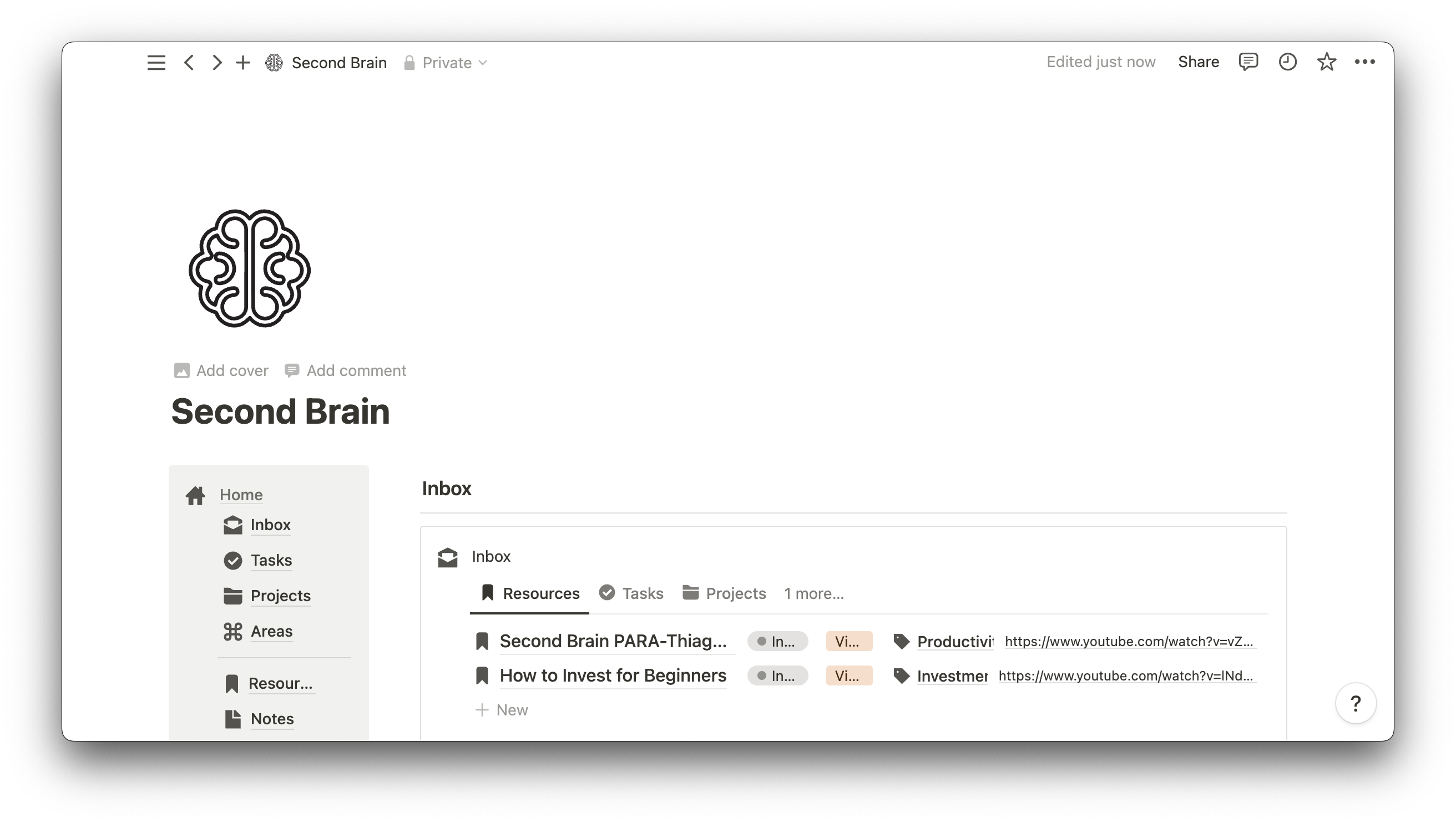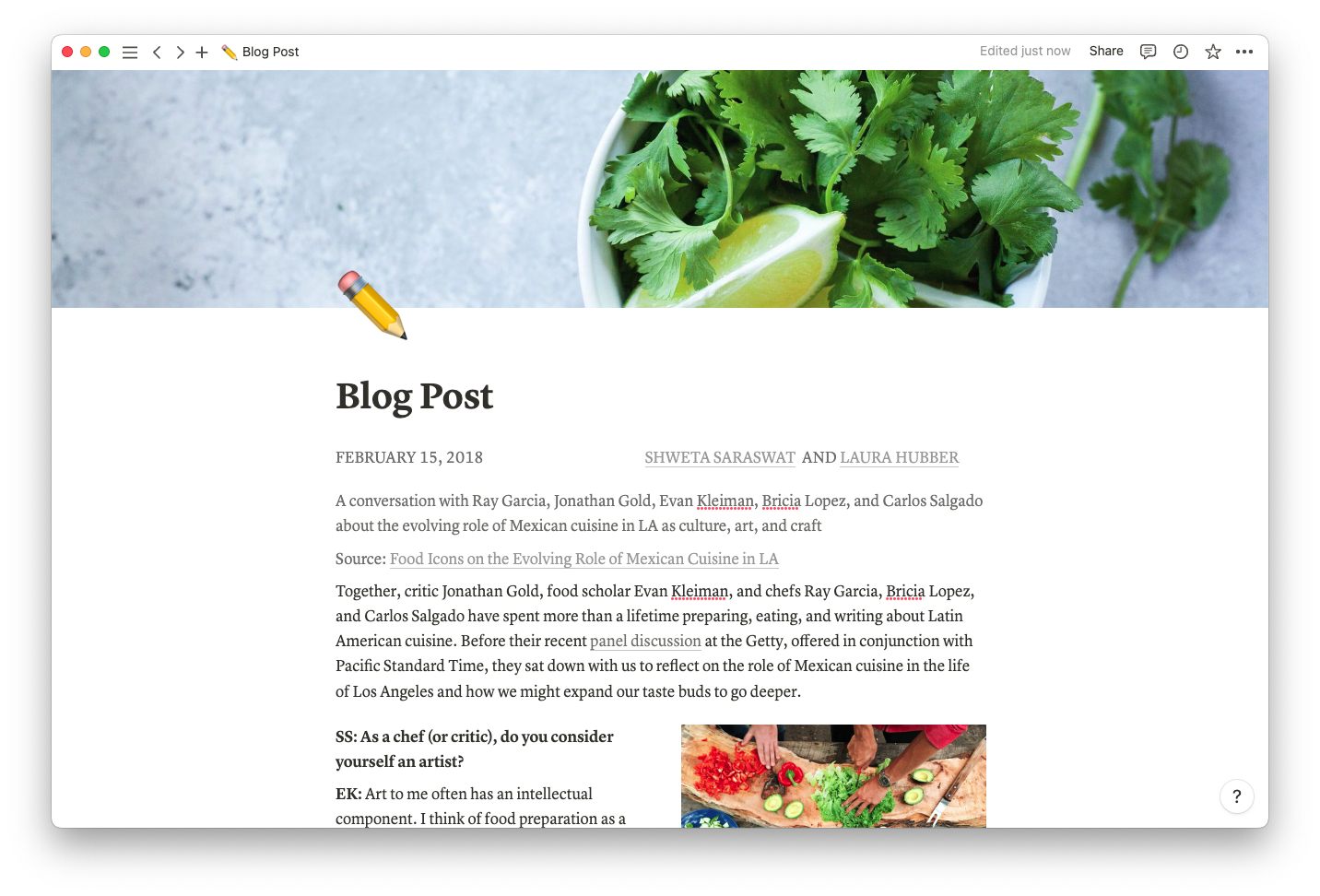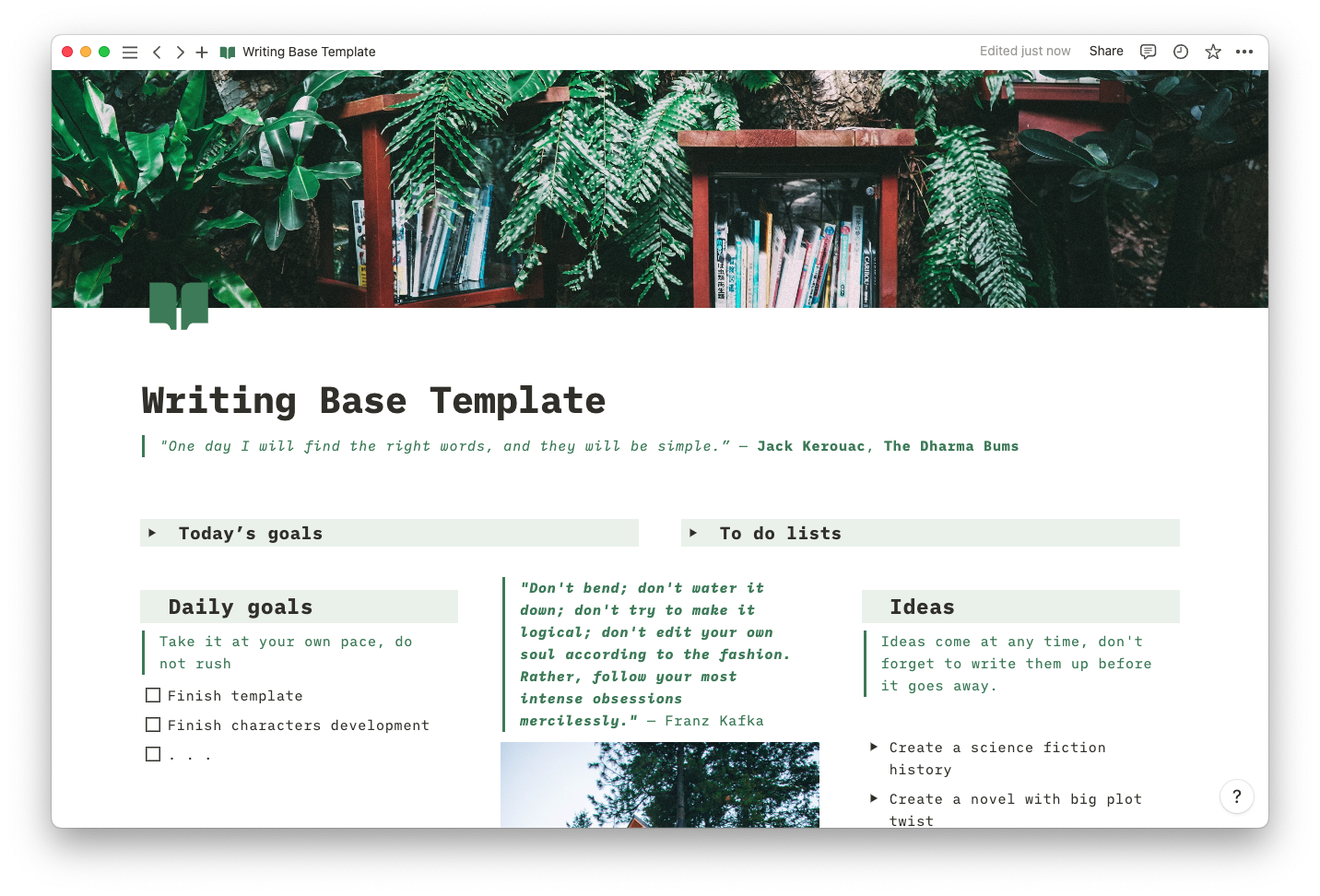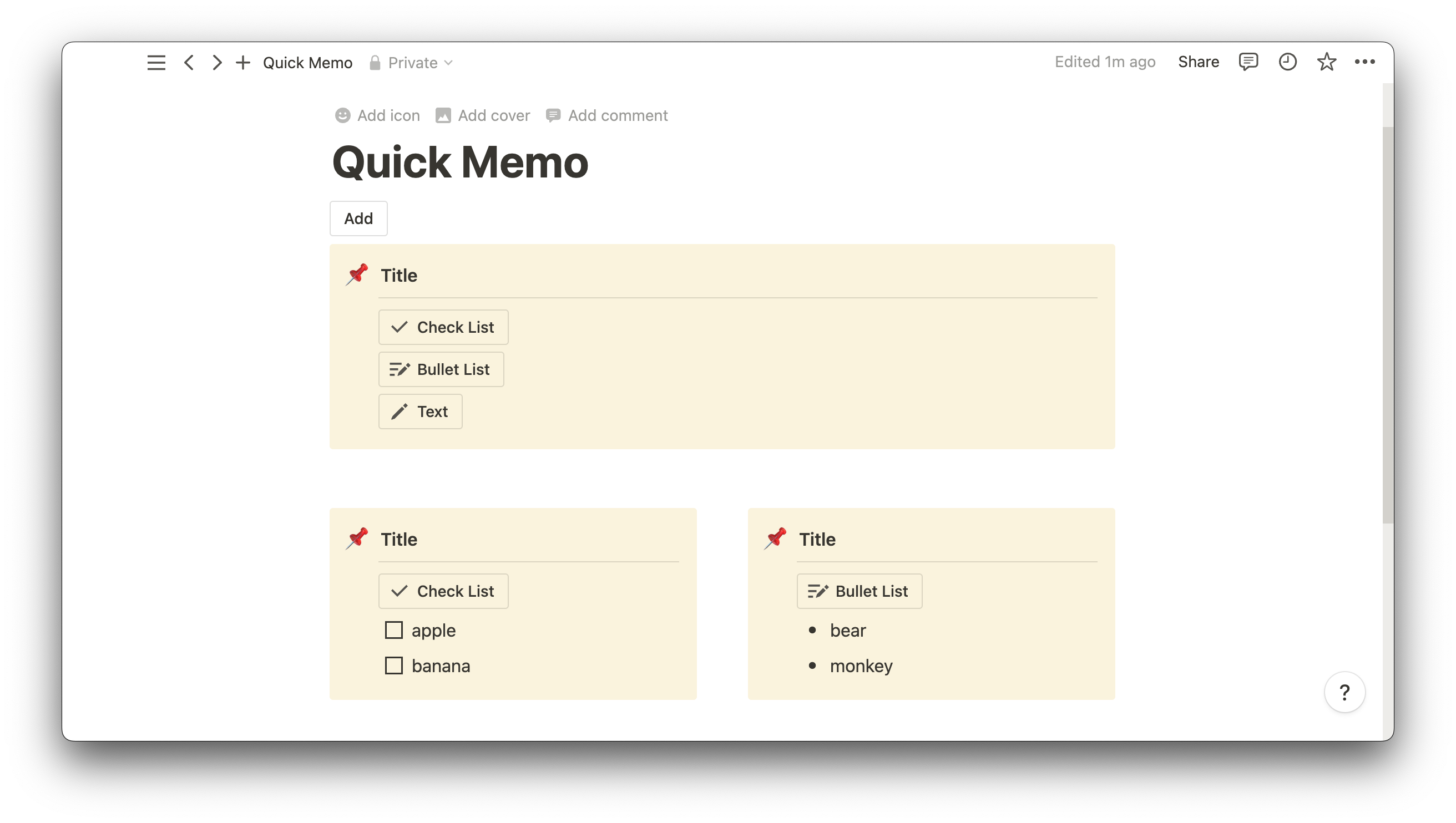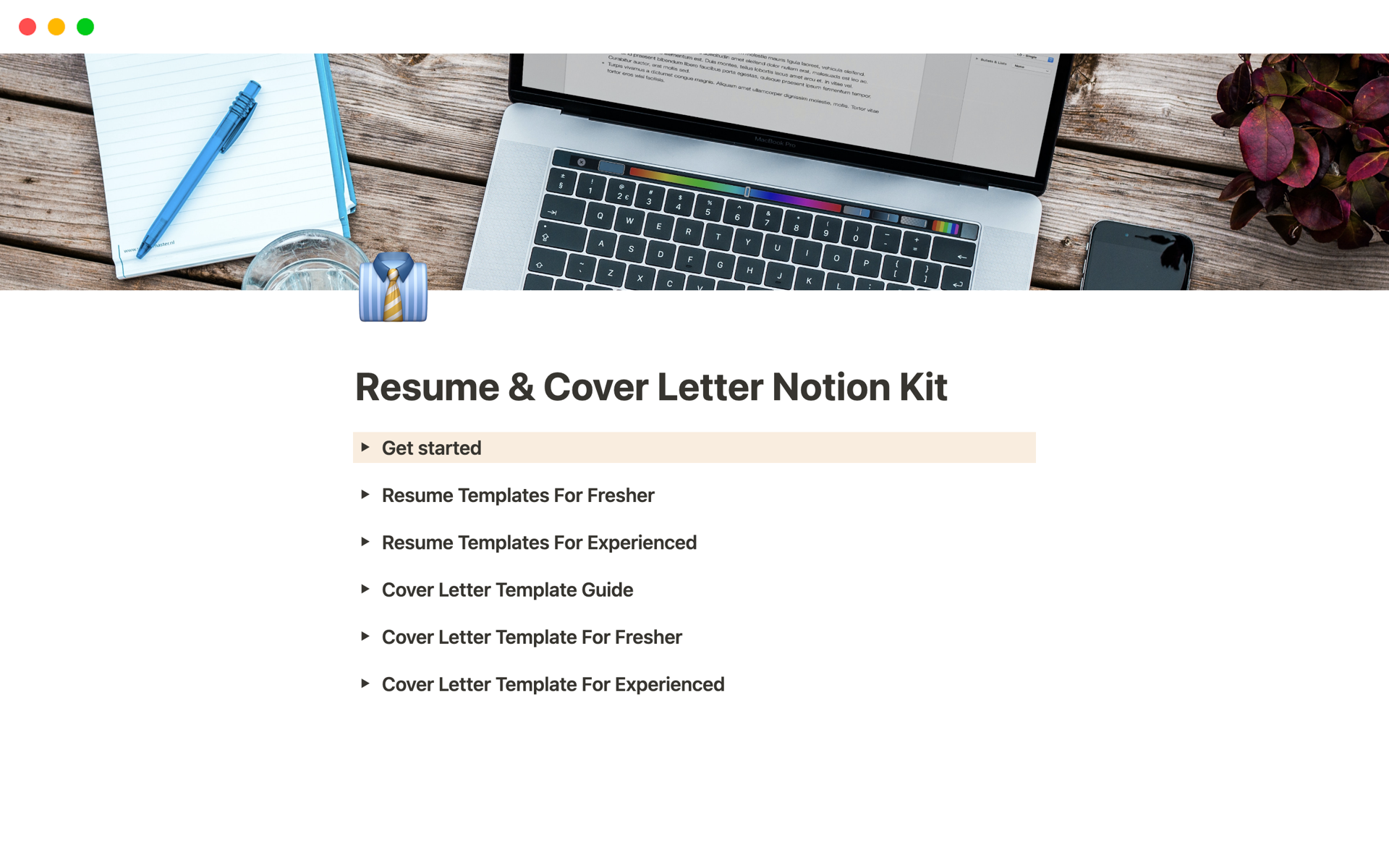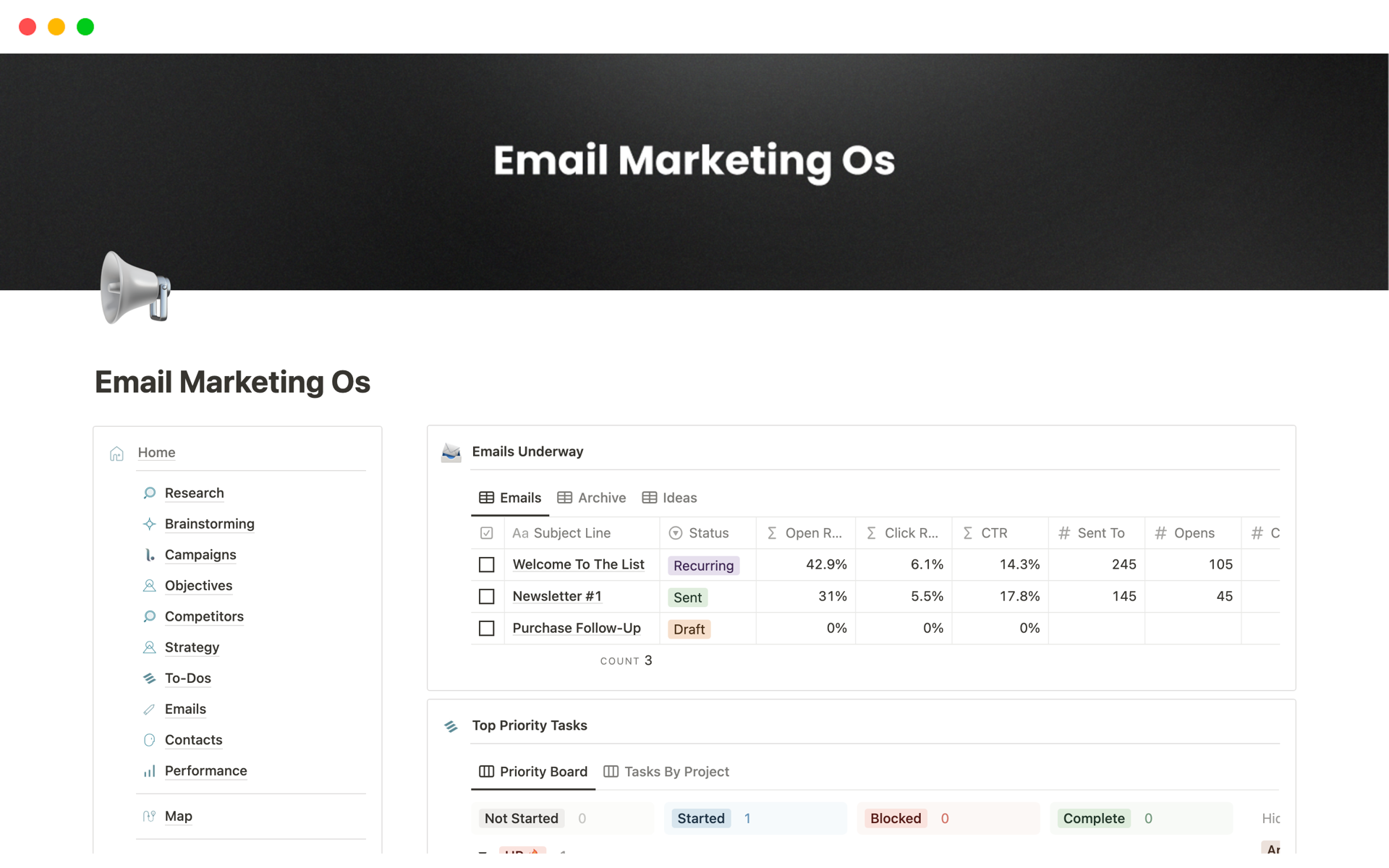There's a subtle art to starting a business email. No one wants to sound stale, insensitive, or "cringey" when sending requests to colleagues or making online professional introductions.
Even a seemingly polite opening sentence may not grab a reader's attention long enough to pose a question or communicate information. But there are some email etiquette tips that writers can turn to. These can help you quickly determine the most fitting salutations and opening sentences for effective office communication.
Learn the basics of how to start an email along with a few examples of the best and worst phrases for different work situations. With a solid understanding and a few email opener templates, you’ll have the skills to generate the most effective written communication.
What’s an email opening line?
An email opening line is the first sentence a reader sees in a message after the salutation (or greeting). These sentences can serve a number of different purposes in business communications, like introducing yourself to a new colleague or tactfully stating a request, but they generally share a clear and formal writing style.
Often, business email opening phrases fall into one of three categories:
Well wishes — before diving into the email's main request, writers sometimes include a short, polite opening sentence to build rapport with the reader. If coworkers already have a close relationship, it's common to add personal flair and office-appropriate humor to these opening phrases.
Brief email introductions — similar to well wishes, introduction email openers don't address the main reason someone’s reading an email. Instead, these sentences establish a professional relationship between the writer and recipient, and they're most often used between coworkers who've never interacted before.
Direct inquiry — if writers wish to dive headlong into their primary objective, they use a direct inquiry in their email's opening line. While this method may seem a bit brash, skilled business writers often employ tactful turns of phrase before transitioning into a request. It's common to use "I'm reaching out about" or "I'm writing about" to give the reader enough time to prepare while still getting straight to the issue.
Why are email opening sentences important?
An opening sentence highlights many crucial details to the reader, including their relationship to the writer, what they need to do, and why they should care. These phrases also tactfully communicate a writer's respect for the reader's time and professional position.
Starting an email with typos, clunky phrasing, or clichés shows a lack of care, and it negatively colors the reader's opinion before getting to the meat of the message. Sometimes, a poorly-chosen opening sentence causes readers to stop in their tracks and toss the message in their trash bin. Carefully choosing the tone for this line increases the odds of successful communication.
How to start an email professionally: Considerations for professional email greetings
Formality and brevity are the most desirable traits in opening phrases for business emails. Although there's leeway if you know your reader well or have an established friendly rapport, writers often strive to maintain professionalism and respect their readers' time.
Pay attention to a few basic rules and features to craft an appropriate opener.
Consider the professional relationship
An email's salutation and opening phrase reflect your professional rapport with the recipient, so choose the degree of formality appropriate to the situation. It's more common to use extreme courtesy and honorific titles with senior executives and clients than with close coworkers and teams. It's also wise to include a brief intro and reference when emailing colleagues for the first time.
Keep openers polite and concise
Effective business emails typically include a blend of cordiality and concision. Address readers respectfully, but don't waste their time with excessive pleasantries. Your email opening phrases should get the point across quickly without appearing callous.
Be wary of too much "office humor"
A dash of humor sometimes brightens a stiff email — especially between long-time coworkers — but it's crucial to keep jokes well within the bounds of a professional environment. It's possible to misinterpret seemingly innocent jokes, especially when communicating with new or unfamiliar coworkers. If your gut says an email's humor crosses a line, take it out rather than risk sending the wrong message.
Avoid assumptions
Take care not to assume a recipient's preferred form of address and gender identity when greeting them. Also, never presume a reader knows technical information such as office jargon, plans, or acronyms without prior confirmation. For maximum inclusivity and clarity, keep the tone of an email as neutral, respectful, and direct as possible, with straightforward syntax and minimal technical terms.
Ways to start an email: A few professional email greeting examples
Email openers aren't a suitable place for long-winded phrases and witty wordplay, but there are plenty of options to ensure these greetings don't sound stale and formulaic. Filter through a few appropriate email greetings to find the best one for your email's context.
Salutations
"Dear [First and Last Name]" — in most circumstances, a simple "Dear" followed by a recipient's name is the most acceptable way to start a work email. This salutation is particularly common when formality is a major concern, such as when writing to an executive, client, or coworker for the first time.
"Hi/Hello [Name or Team]" — using these salutations rather than "Dear" suggests there's a closer relationship between team members. While both words are appropriate in work settings, they're slightly less formal and typically reserved for acquaintances and close associates.
"Greetings" — it's not as common to use "Greetings," but there's nothing wrong with sprinkling this word into a few salutations. Typically, this opener addresses multiple people or departments rather than individuals.
Building rapport
"I hope you're having a great day/had a great weekend" — wishing a recipient well with either of these openers is an appropriate way to add a friendly tone to a work email. Choosing this simple and uncontroversial starter is especially useful when building a relationship with coworkers.
"Congratulations on [accomplishment]" — to add specificity to an opening phrase, consider offering a quick kudos. Starting with a compliment conveys a friendly tone and builds on positive office traits like teamwork and camaraderie.
"[Name] suggested I reach out to you regarding" — when sending an email to someone for the first time, try to mention a mutual contact as a form of introduction. If you don't have a shared connection, consider starting with a non-controversial pleasantry or moving straight into an inquiry.
Direct inquiry
"I'm reaching out about" — when you don't want to beat around the bush but also want to avoid sounding brusque, beginning with this phrase can be a suitable choice.
"I've noticed that" — if there's a specific problem on your mind, "I've noticed that" helps highlight the primary issue without taking up too much time. From here, transition into the main request, suggestion, or question about the topic in the opening.
"I’d be grateful for your advice on" — you may think this phrase leans on the flowery side, but it's sometimes a suitable option when formality is a primary concern. This introduction is also a potential choice when sending messages to recipients for the first time.
Follow up message
"I just wanted to follow up" — this opener is a straightforward way to link an email to previous conversations with the recipient. After this phrase, briefly detail the ongoing issue and how it relates to this message’s purpose.
"Thanks for" — showing gratitude at the start of an email is a fantastic way to maintain rapport and strengthen community ties.
"As mentioned in our recent call" — briefly bringing up a recent interaction establishes a relationship and serves as a gentle reminder for the recipient. Writers also use this opener as a smooth way to transition from a pressing issue to their main request.
Email openers to avoid: Examples of poor opening phrases
There's room for variety when writing opening phrases, but business emails must remain within the constraints of professional etiquette. Examples of off-limits email openings lack the formality, inclusivity, and decency appropriate for office settings. When in doubt, make sure an email's opening phrase maintains a high sense of respect for the recipient:
"To whom it may concern" — while this opener appears formal, it conveys a cold sense of distance to the reader with its lack of a personal address. In the LinkedIn era, it's not difficult to find the name of a target recipient, which further enhances this uninspired phrase's condescending tone.
"Hey/What's up" — using "Hi" as a salutation is as casual as it gets for office emails. Even between coworkers with years of experience, phrases like "Hey" and "What's up" have a careless ring unsuitable for professional teams.
"I need you to" — this opener gets straight to the point, but it does so without care or consideration for the recipient. A more suitable phrase like "I'm reaching out about" helps you be direct without making the reader feel like a cog in the machine.
"Please allow me to introduce myself" — this opener worked well for the Rolling Stones, but it isn’t a good fit for office settings. Instead of this redundant phrase, consider bringing up a mutual acquaintance or a recent shared event by way of introduction.
Become an email opener expert with Notion's templates
Supercharge your email output without sacrificing etiquette using tools like Notion's email generator. Simply type in the email's recipient, message, and preferred tone of voice, and watch as the email generator suggests the ideal salutations and opening sentence.
Notion also has dozens of templates and AI-powered tools to generate the most effective and efficient email campaigns. Discover all the ways Notion’s templates can streamline a team's email communications.

